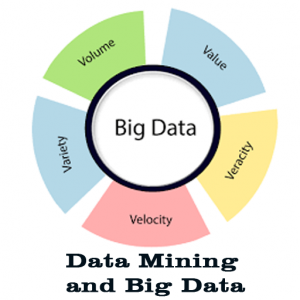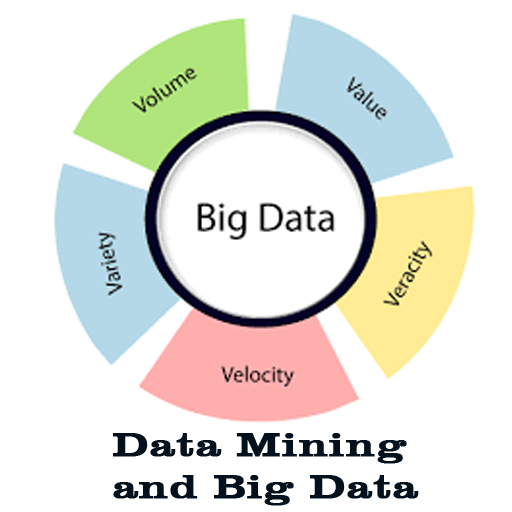Understanding Data Mining and Big Data Analytics
Data mining and big data analytics are two closely related concepts that have become increasingly important in the world of business and technology. With the rise of big data, organizations are finding themselves with more data than ever before, and they need a way to extract valuable insights from this data in order to make better decisions.
Data mining and big data analytics are two tools that can help organizations do just that. In this article, we will provide a comprehensive guide to data mining and big data analytics, exploring what they are, how they work, and why they are important.

What is Data Mining?
Data mining is the process of extracting valuable information from large datasets. It is a subset of data analytics that focuses on the discovery of patterns, relationships, and anomalies in data. Data mining can be used to identify patterns in customer behavior, identify trends in sales data, or detect fraud in financial transactions. It involves the use of statistical algorithms, machine learning techniques, and data visualization tools to analyze data and extract insights.
What is Big Data Analytics?
Big data analytics is the process of examining large and complex datasets to uncover hidden patterns, correlations, and insights. Big data analytics is a broader term than data mining and encompasses a wider range of techniques and tools.
It involves the use of advanced analytics technologies such as predictive modeling, machine learning, and natural language processing to analyze large volumes of data in real-time. Big data analytics can be used to identify customer trends, optimize business operations, and develop new products and services.
The Relationship Between Data Mining and Big Data Analytics
While data mining and big data analytics are closely related, there are some key differences between the two. Data mining focuses on the discovery of patterns and relationships in data, whereas big data analytics focuses on the extraction of insights from large and complex datasets.
Data mining is often used to support specific business goals, such as improving customer retention or reducing costs, while big data analytics is more focused on uncovering new opportunities and generating new insights.
Benefits of Data Mining and Big Data Analytics
There are many benefits to using data mining and big data analytics in business. One of the biggest benefits is the ability to make more informed decisions. By analyzing data and extracting insights, organizations can gain a better understanding of their customers, their business operations, and their overall performance. This can help them make better decisions about product development, marketing strategies, and resource allocation.
Another benefit of data mining and big data analytics is the ability to identify new opportunities. By analyzing large and complex datasets, organizations can uncover new patterns, trends, and correlations that may not be visible through traditional data analysis methods. This can lead to the development of new products and services, the identification of new markets, and the optimization of business operations.
Applications of Data Mining and Big Data Analytics
Data mining and big data analytics have a wide range of applications across many different industries. In healthcare, data mining can be used to analyze patient data to identify new treatment options and improve patient outcomes.
In finance, big data analytics can be used to detect fraud, identify investment opportunities, and optimize risk management strategies. In retail, data mining can be used to identify customer trends and preferences, and optimize product pricing and placement.
Challenges of Data Mining and Big Data Analytics
Despite the many benefits of data mining and big data analytics, there are also some challenges that organizations may face when implementing these techniques. One of the biggest challenges is the availability and quality of data. Data mining and big data analytics require large and complex datasets to be effective, and organizations may struggle to collect and manage this data. Additionally, the quality of the data can have a
